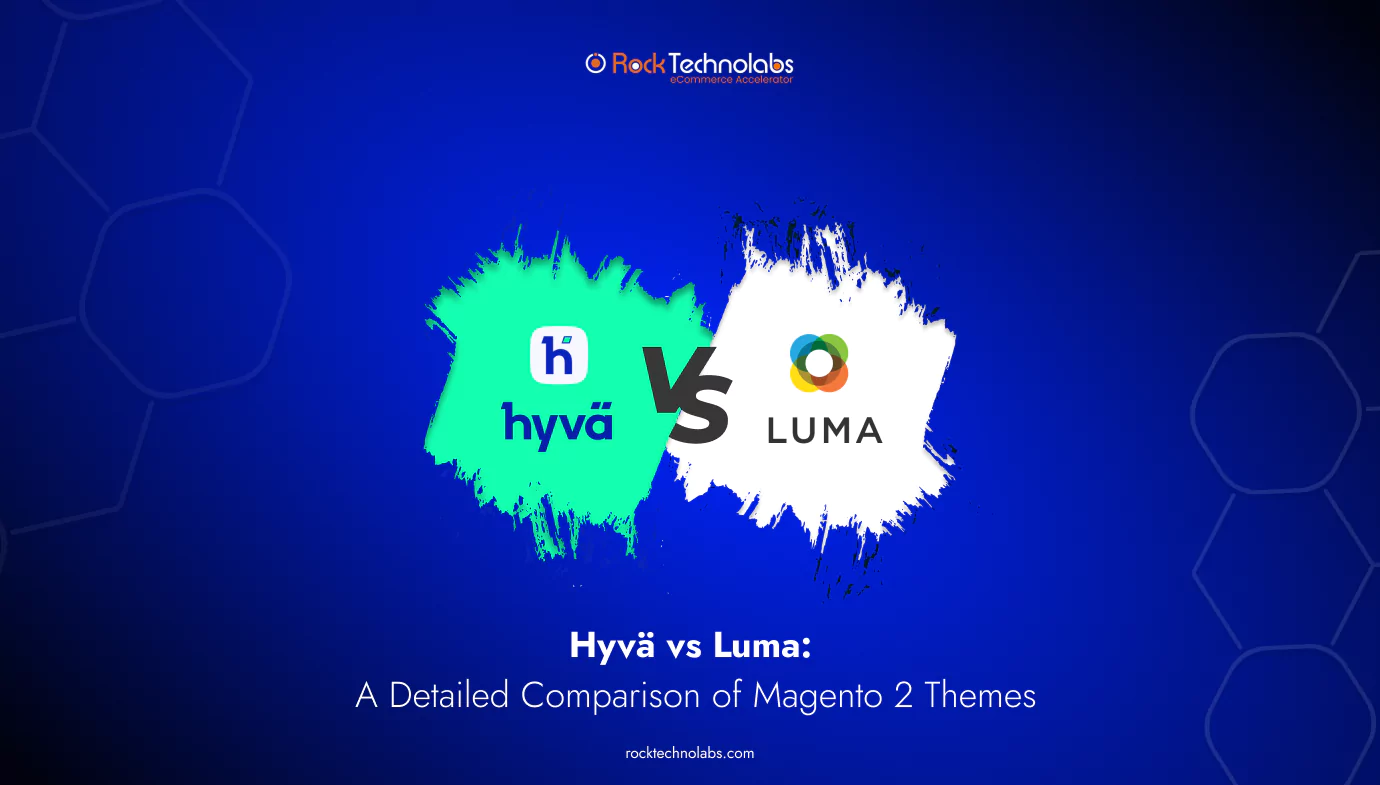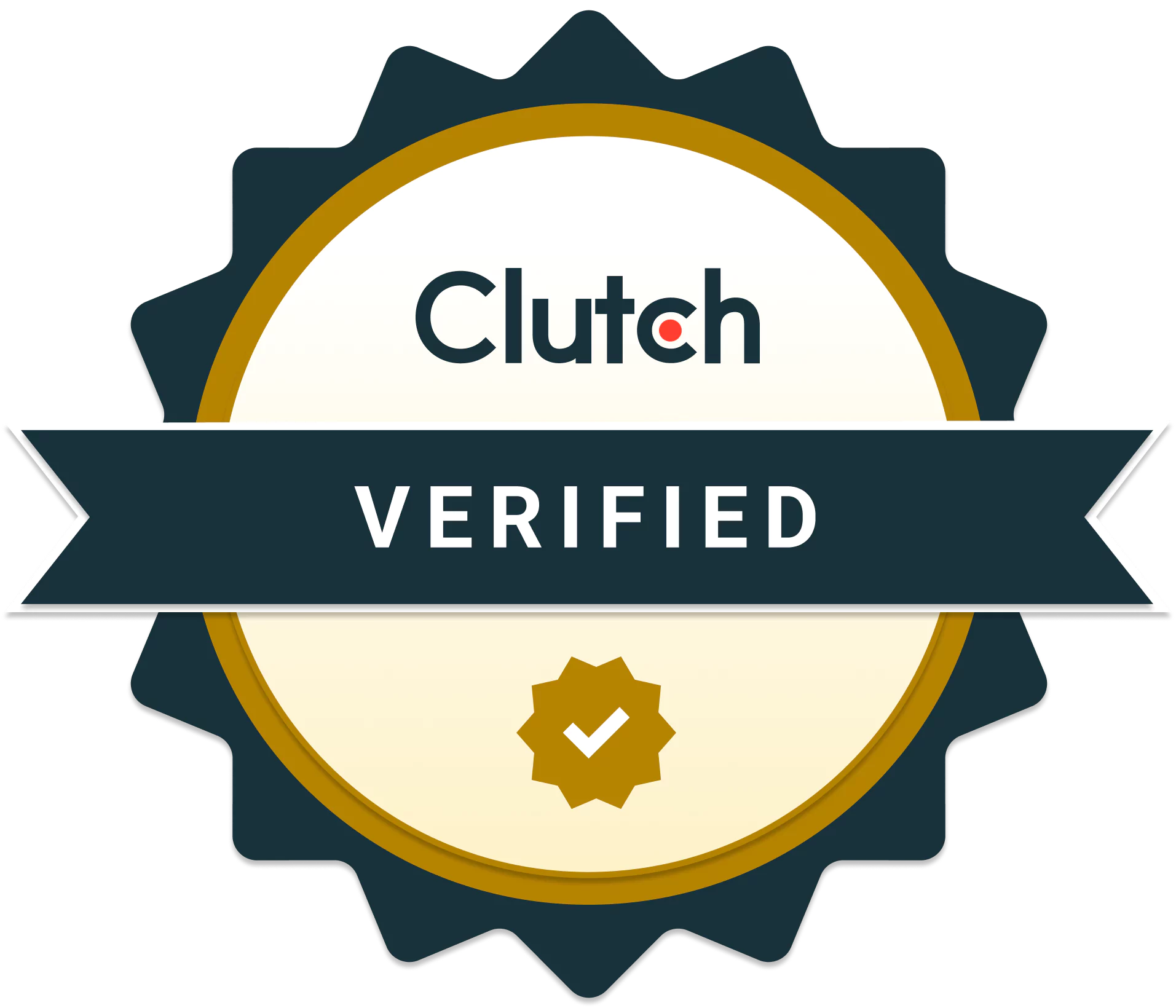Hyvä vs Luma: A Detailed Comparison of Magento 2 Themes

Online stores always look to get hands-on, promising Magento ( Adobe Commerce ) themes that win on performance and great user experience for customers to crack sales. With two leading players like Magento 2 Hyva theme and Luma in the market makes it challenging to make the ideal choice. This is where the battle between the best begins to make the ideal choice that fits your store requirements.
With the Hyva theme, you continue to attract customers with the best performance, custom capabilities, and ease of use for developers. With Hyva Theme development services provider on your side, you can maximize the benefits of an advanced capability theme. Whereas, the Luma theme continues to remain a cost-effective choice for new store owners as it comes in-built with Magento 2.
Still, getting confused about which is a better theme for boosting store performance? Keep reading. Here, we will cover every detail that will help you choose the right theme for your online store.
The Key Role of Choosing the Perfect Magento Theme
If you have already taken the decision to open an online store and chosen Magento for this purpose keeping in mind the long-term future of your business, this means you’ve already prioritized flexibility, scalability, growth, security, performance, and customer demands.
But even within Magento, which theme you are going to opt for defines the upcoming growth as it also plays a key role in decision making because themes isn’t just about the appearance of your store, themes have the power to make or break your business because themes create a strong first impression, build trust, reflect brand identity, define user experience with intuitive navigation, and ultimately boost conversion rates.
A strong theme will work as the framework of your business, directing how customers experience your brand, which means a carefully chosen theme will enhance overall navigational flow, strengthen branding, and support performance goals like faster load times and smoother checkout flows.
The right theme makes the difference between a store that simply exists and one that thrives. Furthermore, your SERP ranking also relies on the themes based on what SEO optimization features it is offering, helping you stand out from others in terms of visibility.
What is the Luma Theme?
Luma is a theme that comes pre-installed with Magento 2, so you can get started right away. With Luma, you can begin by selecting the template, configuring it, and making some adjustments that will allow you to bring your store to the market conveniently.
Pros
- Easy to Use: It’s seamless setup and ease of use make it the perfect choice for startups and small businesses.
- Exceptional Compatibility: Magento extensions are widely compatible with this extension, so conflict risks are minimized.
- Pre-installed: This theme is the default Magento ( Adobe Commerce ) theme, meaning it comes free of charge and is ready to use from the get-go.
- Design Responsive: Makes it easy to shop both on desktops and mobile devices simultaneously.
Cons
- Issues with performance: Luma’s heavy dependency on CSS and JavaScript causes page loading times to be slow.
- Inefficient Technology: This website uses outdated technologies like RequireJS and KnockoutJS that hinder website performance.
- Lacks advanced features: Premium themes offer more advanced features and modern aesthetics.
Use Cases
There are many advantages to using the Luma theme to run a clothing store online, including:
- Display of products: Images with high-quality, extensive product descriptions and carousels.
- Simple navigation: Simple menus and filters make it easy for customers to find products.
- Process for Checkout: Streamlining and simplifying the checkout process for reduced cart abandonment.
Luma is a popular, reliable, well-established Magento theme, but Hyvä Theme is another contender to look out for. The user-friendly design and innovative features of Hyvä Theme make it a hit among web developers. This may be worth exploring if you’re looking to add something fresh and modern to your Magento store.
What is the Hyvä Theme?
Hyvä is a modular theme designed by HYVA.io. The theme typically emphasizes front-end ease of use and performance. Magento users have quickly become familiar with it despite its relatively new status. If you’d like to learn more about Hyva theme development, contact an agency devoted to providing cutting-edge solutions.
Pros
- Performance-Driven: Fast and lightweight.
- Tech Stack: Created with Tailwind CSS, Alpine.js, and Magewire.
- Module Approach: Makes updating and maintenance easier.
- Using pre-built components: Enhances development speed.
- Headless Architecture: Suitable for scalability and Flexibility.
To benefit fully from these benefits, you should hire a reliable Hyva developer.
Cons
- Initial Cost: One-time purchase is required, which may be challenging for some small businesses.
- Maintenance: Maintaining optimal performance demands ongoing efforts after high performance is achieved.
- Compatibility Issues: Hyvä reduces dependency requirements, so certain third-party Magento extensions may not be compatible.
Read more – Power of Hyva Theme Development
Use Cases
The following would be among the benefits of using the Hyvä theme for an online electronics store:
- Rapid Load Times: Providing immediate access to high-demand goods.
- Modern UI: User-friendly and intuitive interface.
- Flexible Customization: The ability to update and change quickly to keep up with the fast-paced tech environment.
Hyvä vs Luma Magento Theme: Key Differences | ||
| Basis | Hyvä | Luma |
| Ease of use | Setup is simple, but customization is required | Easy to use and set up. |
| Developer Friendliness | Designed and built with modern tools and components that are pre-built | Utilizes older technologies that may be difficult to use |
| Technology Stack | Alpine.js and Tailwind CSS | Relies on out-of-date technology such as RequireJS |
| Performance | Speed-optimized with a minimum amount of dependencies | Multiple CSS and JavaScript files cause the site to be heavy and slow |
| SEO-Friendliness | Optimised codebases and fast loading times boost SEO game | Slow performance but SEO-friendly |
| Customization and Flexibility | Provide a high level of customization | Customization may be limited |
| Integration and Compatibility | Third-party extension compatibility issues | Widely compatible with extensions. |
| Pricing and Licence | Comes with it’s dedicated License fee: €1,000 | This theme is free since it’s the default one for Magento |
This was just a glimpse; let’s dig deeper into the head-to-head difference between two leading themes in the market:
Ease of Use
Both Hyvä and Luma provide users with easy-to-use solutions that meet their needs.
The Hyvä CMS is great for developers familiar with modern web technologies, such as Apline.js and TailwindCSS. It allows for quick and easy setup and customization.
On the other hand, Luma excels in terms of simplicity and accessibility. This Magento theme is pre installed and ready to go, requiring little configuration. With Luma’s intuitive navigation, you can easily manage products, customize designs, and adjust store settings.
Developer Friendliness
Hyvä is highly regarded by developers for its innovative and efficient technologies. These tools make working with the theme easier and faster. In addition, Hyvä is distinguished from its competitors by utilizing cutting-edge technology and pre-built components that can be assembled rapidly, thereby saving time and effort.
With Hyvä’s minimal dependence approach, designers and developers do not have to worry about issues with older frameworks.
On the other hand, Luma is built using older technologies, which are less efficient for developers and more difficult to maintain. Using outdated frameworks makes it more difficult to attain optimal performance and customization due to complicated development processes.
Performance
Hyvä is renowned for its lightweight, modern technology, which results in exceptional performance. Reducing the complexity of the front end results in faster loading times and better responsiveness.
Moreover, Hyvä’s streamlined codebase enables it to achieve near-perfect Google PageSpeed scores, a key factor for Magento 2 stores that prioritize speed and performance.
Luma’s technology stack is outdated, which leads to performance issues. The performance of a page can suffer if it contains several modules, offers a poor user experience, and can negatively affect SEO results. However, Luma’s performance lacks Hyvä’s despite its functionality and popularity.
Read more – Magento Store Performance Optimization
SEO
Increasing search rankings depends on a site’s fast loading time, and Hyvä’s lightning-fast performance plays an important role. In addition, Hyvä’s clean and minimal codebase minimizes technical SEO issues, such as excessive HTML tags.
In contrast, Luma offers a great SEO game, but its performance is usually questioned. Despite featuring basic SEO features, including meta tags, sitemaps, and URL rewrites, it is heavily reliant on CSS and JavaScript, slowing down page load times. Slow page speed negatively impacts ranking, and that is why Luma stands behind Hyva for an SEO-friendly approach.
Read more – Optimize SEO Score
Customization capabilities
The Hyva theme features impressive customization capabilities that make it convenient for web developers to build custom online stores. With the Hyva theme in the picture, developers can easily customize the website’s layout, styling, and functionality to suit their needs.
Whereas, Luma offers basic custom options, which sometimes pushes you back in the long run. Modifying themes is possible via the Magento admin panel, which supports CSS and JavaScript customization. While it offers adequate customization options, Hyvä is more flexible.
Integration
Magento 2 Hyva theme is modern and efficient, but they are not always compatible and integrated. Some Magento extensions from third parties may not work with the theme. Consequently, integrating the new system with existing systems and integrations will require additional development.
Luma is highly compatible and integrates well with Magento since it is the default theme. This module works seamlessly with a wide range of extensions and third-party modules for Magento, giving Luma the edge here.
Pricing and License
Licensing fees are required for Hyvä. A license for Hyvä will cost €1,000 in 2024, including a year of support and code access. Continuing to receive updates and support requires a €250 yearly subscription after the first year.
Luma comes with no additional cost when installing Magento 2. As a result, Luma is an affordable option for small businesses.
Hyvä vs. Luma: Which is the Reliable Option?
Choosing between Hyvä and Luma for your Magento 2 store can be tricky. Here’s how to decide.
Here are the top instances when store owners can count on Hyvä Themes:
- You see a lot of traffic: Hyvä’s modern tech stack is built to handle high traffic volumes without compromising speed.
- Stellar Mobile experience: Hyvä puts mobile first, which ensures that your store works perfectly regardless of the device.
- Performance is essential: Hyvä allows you to build lightning-fast sites with excellent Core Web Vitals scores, improving user experience and SEO.
- Customer experience: Hyvä allows you to enhance your customers’ shopping experience by customizing it to suit their needs.
Here are the top instances when store owners can count on Luma Theme:
- Minimal Customization: Luma features an easy-to-use and managed theme suitable for storefronts with minimal customization.
- Limited development resources: Luma requires fewer development resources compared to Hyvä, whose architecture is more complex.
- You do not need fast Website speed: Although Luma cannot match Hyvä’s speed, it can still handle stores with lower traffic volumes.
Conclusion
Ultimately, you will need to decide which is more appropriate for your needs and priorities: Hyvä or Luma. The Hyvä theme provides superior performance, flexible customization options, and lasting ROI, while Magento Luma is a quick, low-cost solution ideal for beginners. With Hyvä, Magento store owners can speed up loading times, improve SEO, and simplify experiences on e-commerce stores.
Hyvä is a better choice for most situations, but Luma remains an option in some situations. Is Hyvä right for your store? Need help from a professional? Invest in Magento 2 Hyva theme customization with a reputed agency today to reap the benefits for your e-commerce store!







